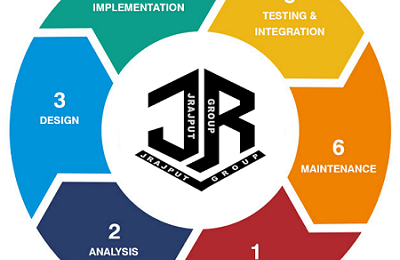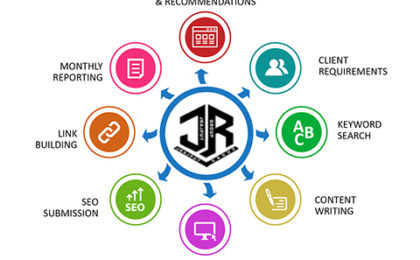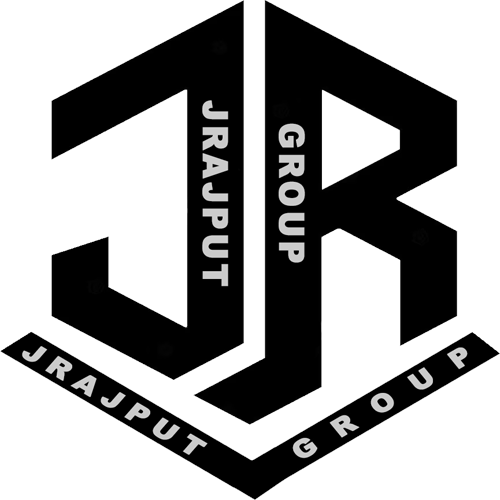- “Understanding Software Architecture: Fundamentals and Principles”
- Introduction to software architecture: components, patterns, and architectural styles.
- Exploring design principles like modularity, scalability, and maintainability.
- “Microservices Architecture: Breaking Down Monoliths for Scalable Applications”
- Explanation of microservices architecture and its advantages over monolithic architecture.
- Best practices for designing, deploying, and managing microservices.
- “Service-Oriented Architecture (SOA): Designing Interoperable and Scalable Systems”
- Overview of SOA principles and its role in creating flexible and reusable services.
- Implementing SOA using standards like SOAP, REST, and WSDL.
- “Cloud-Native Architecture: Building Applications for the Cloud Era”
- Understanding cloud-native principles: containerization, orchestration, and serverless computing.
- Strategies for designing applications optimized for cloud environments.
- “Event-Driven Architecture (EDA): Leveraging Asynchronous Communication”
- Exploring EDA concepts and benefits: loose coupling, scalability, and real-time processing.
- Implementing event-driven systems using message brokers and event streaming platforms.
- “Blockchain Architecture: Building Secure and Decentralized Systems”
- Introduction to blockchain architecture: decentralized networks, consensus mechanisms, and smart contracts.
- Design considerations for implementing blockchain-based applications.
- “Data Architecture: Designing Effective Data Management Systems”
- Understanding data architecture components: data lakes, data warehouses, and data pipelines.
- Best practices for designing scalable and efficient data architectures.
- “Modernizing Legacy Systems: Strategies for Architecture Migration”
- Techniques for modernizing legacy systems: re-platforming, re-architecting, or rebuilding.
- Minimizing risks during the process of architecture migration.
- “Security Architecture: Designing Resilient and Secure Systems”
- Principles of secure architecture: defense-in-depth, least privilege, and secure communication.
- Implementing security controls and measures within the architecture.
- “Architecture Governance: Ensuring Alignment and Compliance”
- Importance of architecture governance in maintaining consistency and quality across projects.
- Establishing governance frameworks and practices for architectural decision-making.











